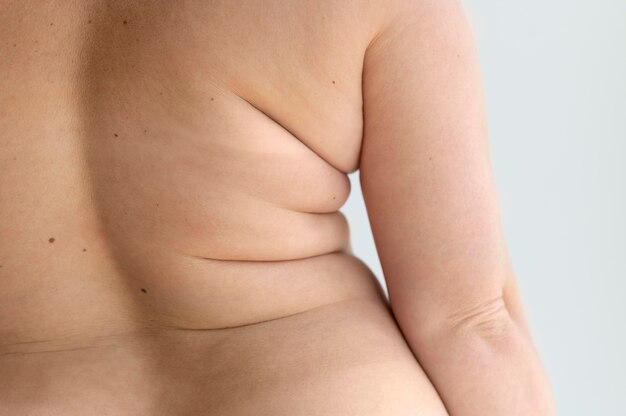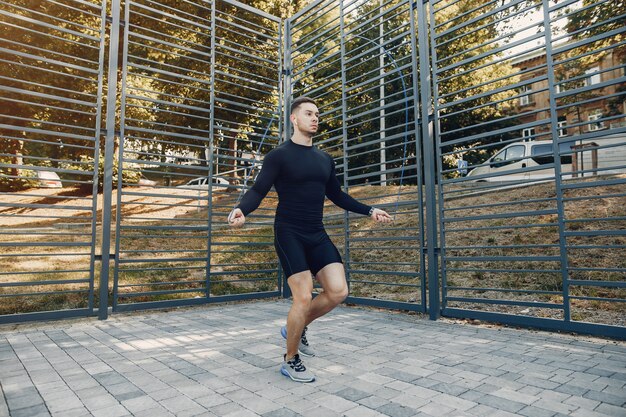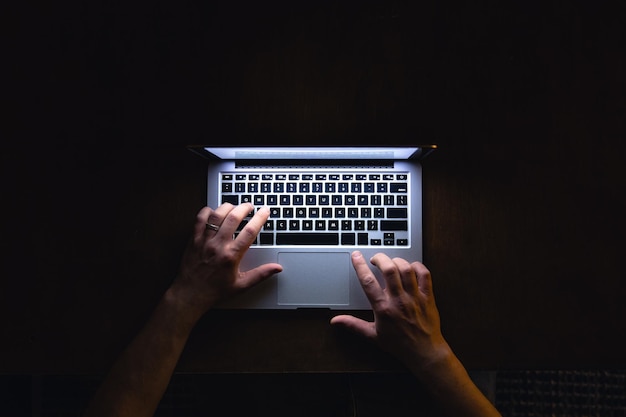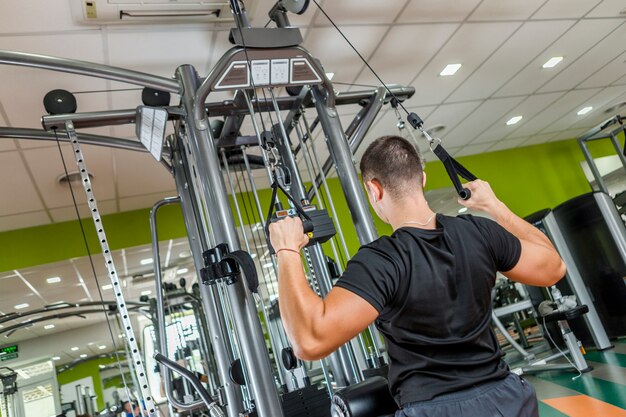Breast self-examinations are a crucial tool for spotting breast cancer early. This simple self-check helps you get to know the structure and look of your breasts, making it easier to notice any unusual changes.
The Purpose of Self-Examinations
By regularly examining your breasts, you become familiar with their normal appearance and can quickly detect any changes. The most common sign of a possible tumor is a lump, which is usually not painful but can be felt or even seen. It鈥檚 also important to watch for changes in the nipples, such as retraction, protrusion, or any fluid discharge. Any skin changes, especially if they only affect one breast, should be noted. Regular self-checks help you monitor your breast tissue and notice any new hardenings that weren’t there before.
Understanding Breast Cancer
Breast cancer is the most common cancer among women. It happens when some breast cells grow abnormally and uncontrollably, forming a tumor in the mammary gland. These tumors can be benign (like fibroadenomas or cysts) or malignant (carcinomas). Malignant tumors are particularly dangerous as they can spread to nearby tissues or other parts of the body. Early diagnosis is possible through mammograms and regular check-ups, especially taking into account age and personal health history. Treatment options depend on how advanced and biologically specific the cancer is at diagnosis. Currently, breast cancer treatments include surgery, chemotherapy, radiation therapy, hormone therapy, and biological therapies.
When to Perform Self-Examinations
Starting at age 20, you should perform breast self-exams once a month, ideally one week after your menstrual period ends as the breast structure changes with hormones monthly. Knowing your own body helps you to recognize what鈥檚 normal and what might be a cause for concern. If you are pregnant or in menopause, timing is less crucial, but any unusual skin changes, nipple discharge, or shape changes should prompt a doctor’s visit.
How to Conduct a Self-Examination
A self-exam has two parts: observation and palpation.
Observation: Stand in front of a mirror with your shoulders relaxed and arms at your sides to check for any irregularities in breast shape, skin color changes, cracked nipples, skin ulcerations, or dimples. Repeat with arms raised and then with hands pressed against your forehead while contracting your pectoral muscles.
Palpation: Use the inner part of three joined fingertips to feel your breast in small, circular motions, covering each quadrant of the breast. Gradually increase pressure to detect any lumps or hard areas.
What to Look Out For
During your self-exam, look for changes in size or shape of one or both breasts, thickening or lumps in the breast or armpit, blood or fluid discharge from the nipples, depressions, wrinkles, bumps, or dimples on the skin, or any unusual sensations. Pay attention to breast nodules, changes in nipple or skin appearance, areola rashes, and unexplained pain in the breast or armpit.
Remember, self-examinations are not a replacement for professional breast exams or tests like mammograms and ultrasounds. However, doing self-checks correctly and regularly can lead to early cancer detection, reducing the risk of advanced-stage diagnosis. If you notice any symptoms, consult a healthcare professional right away.







